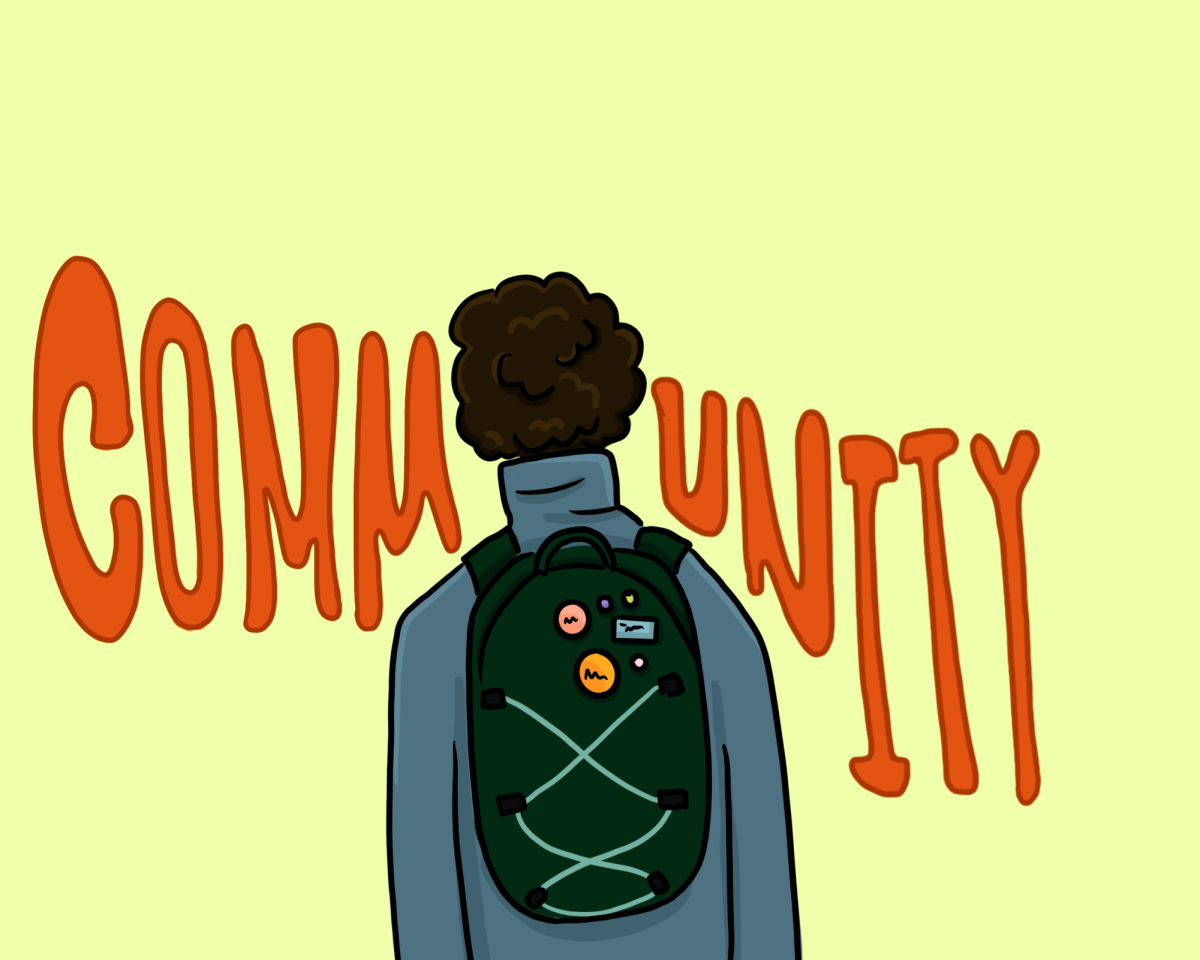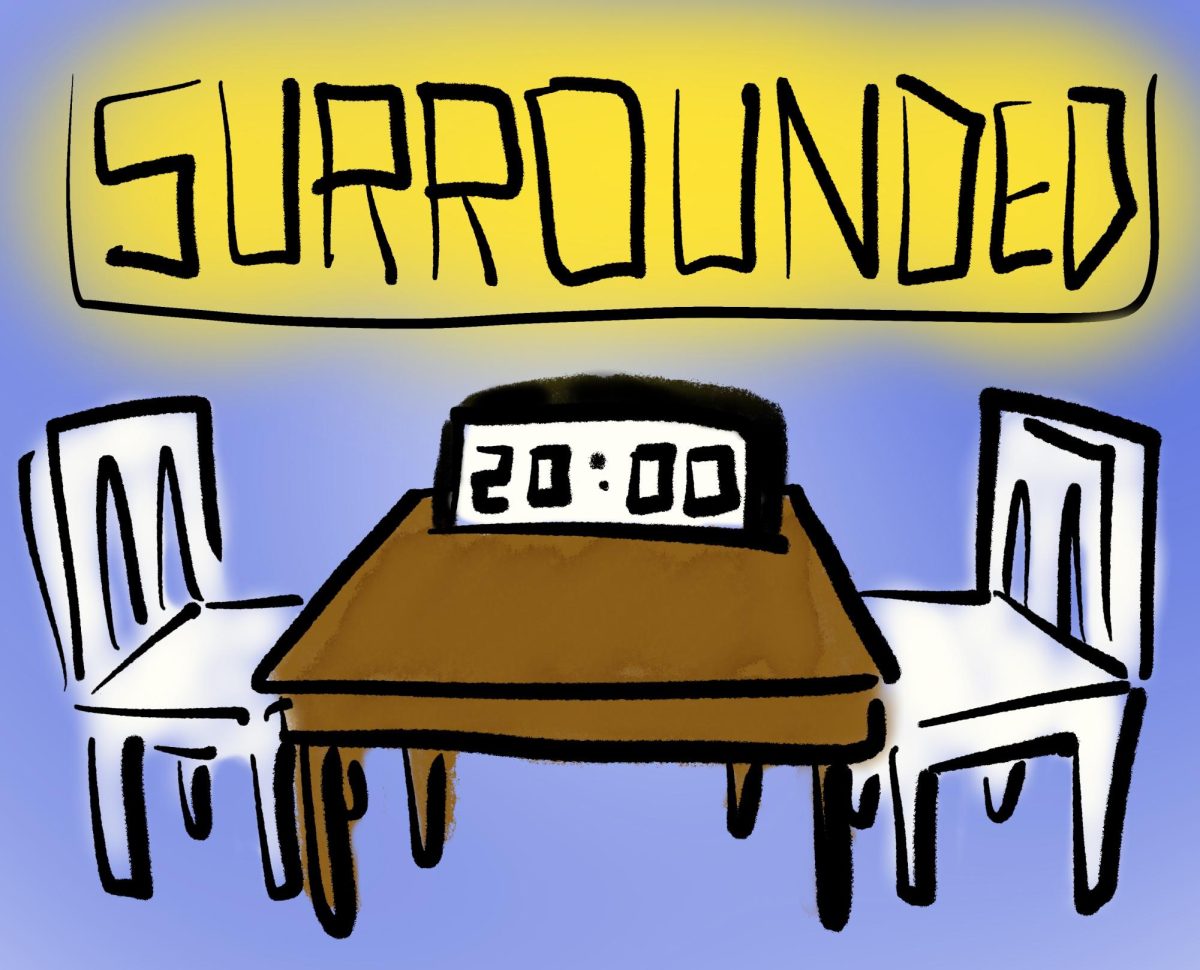Inflation has impacted nearly every aspect of my life: the prices of everyday groceries and essentials have soared and housing, rent, and utilities have steadily increased, as have transportation costs. Consumers have largely flocked to dollar stores like Dollar Tree, Family Dollar, Dollar General and the 99 Cents Only stores to cut down on some of the costs. But that seems to be changing. On April 7, when the parent company of the 99 Cents Only stores filed for Chapter 11 bankruptcy protection, interim CEO Mike Simoncic announced that the 42-year-old chain would shutter all 371 of their stores on May 31. Dollar Tree, which also owns Family Dollar, announced that they’re raising prices again; this time to $1.50 on most products in their stores. They are also increasing their “Dollar Tree Plus” sections. They announced the closure of 1,000 stores after a horrendous fourth-quarter loss in their earnings report. Dollar General also announced price increases that will take place in the second quarter of this fiscal year. All of these announcements come as Americans seem to be spending less together instead of settling, causing the dollar store landscape to struggle.
Bulk goods stores like Costco Wholesale and BJ’s Wholesale Club and even discount retailers like Walmart and Target have started to lower prices on some goods as the overall economy cools. But dollar stores, the segment of retail known for their dirt-cheap prices, have gone in the opposite direction. Dollar Tree and the nation’s other dollar store chains are expanding their catalog and prices to cater to a fresh customer base of higher-income shoppers. Gambling on higher-income consumers to bail out and aid financial struggles is a risky move likely to backfire. And in a lot of ways it already has. Dollar stores came about in the mid-20th century offering a wide range of low-cost and high-quality goods appealing to budget-conscious customers by maintaining fixed, low price points. The first actual “dollar store” Dollar Tree was established in 1986. But the first fixed-priced stores date back to 1953 with the opening of the first Dollar General store. Dollar stores today can be found everywhere, even in the tiniest of tiny towns with only one stoplight and not even a single gas station, and likely at least one big-three dollar store chain can be found within city limits. Family Dollar and Dollar General stores typically cater to lower-income shoppers while Dollar Tree, as reported by CNBC, has long been patronized by middle-class mid-income consumers.
So with that knowledge, it might make sense to raise prices at Dollar Tree. But, it still doesn’t. The reason why people shopped at these stores was to avoid paying Target and Walmart prices for similar products. Now, it’s gotten to a point where the majority of products on the shelves can be found at Target or Walmart for less and often in higher quantities per package. Take a simple greetings card for example, depending on how fancy you want the card to be, prices range from $0.99 – $3.00. At Dollar Tree, you’ll get the quality of a $0.99 greeting card at Target for $1.50. We’re talking about a difference of fifty cents, but for a lot of people in lower-income areas, that fifty cents is a lot. Beverages, food, toiletries, home goods and skin care products of similar quality can now all be found at other retailers for less than listed at these stores.
When it gets to a point where every product in the store can be found at a Walmart, Target, Meijer or Kroger for less, it makes going to a store like Dollar Tree a lot less appealing. Nobody is going to Family Dollar for anything other than getting a good deal. Customer service is horrible across all their locations, there are boxes in the middle of aisles in the most random places, the shelves are always in shambles and you have to ring a yellow bell because there’s never a cashier there when you’re ready to check out. It’s not an enjoyable experience shopping at any one of these stores in any city, or any area. I’ve gone to many dollar stores in many different areas and they’re all like that. So why should I subject myself to that?
Prices are being raised but the in-store quality isn’t matching. The in-store product isn’t correlating with the new prices. Even the in-store quantities aren’t matching. The in-store experience isn’t matching. There aren’t boxes in the middle of aisles at Meijer and the shelves are neatly organized. There are always staffed checkouts and most importantly the prices are identical. These higher-income customers came for the lower prices and they were willing to go through the war zone that is a Dollar Tree for those low prices. Digging through shelves like a yard sale and dodging ceiling-high stacks of boxes blocking you in aisles and blocking fire exits. But if they’re going to revert to Target prices without the “tarjay” experience, why am I there?
Then we start to see why Dollar Tree’s sales are falling, forcing them to raise prices, why 99 Cents Only Stores are closing and liquidating and why Family Dollar and Dollar Tree are closing 1,000 stores. With a current store count of 16,000+, they’re likely going to have to close more. It’s an unfortunate cycle that these chains find themselves forced to close stores, raise prices, and anger consumers, which then causes the problem to worsen.
Additionally, the increased competition from other low-cost retailers, as well as online shopping options, is adding pressure on these chains. They are also facing rising costs in supply chains and rent, further squeezing profit margins. Without a strategic shift in their business models, such as offering more unique products or enhancing the in-store experience, these chains may continue to struggle.
The decision to raise prices will only aggravate an already challenging situation. As these retailers increase prices, they risk alienating their loyal customer base, who rely on these stores for affordable goods. Instead of taking the easy way out by increasing prices, these companies should be exploring innovative solutions to cut costs and improve customer experience.
















